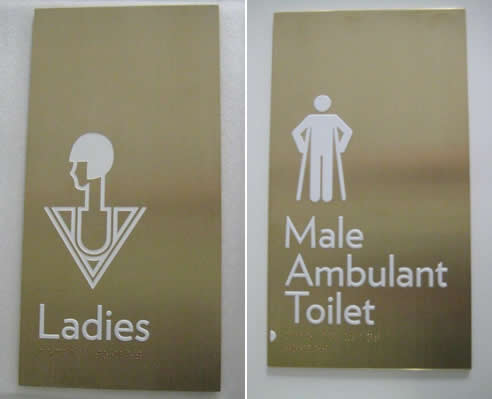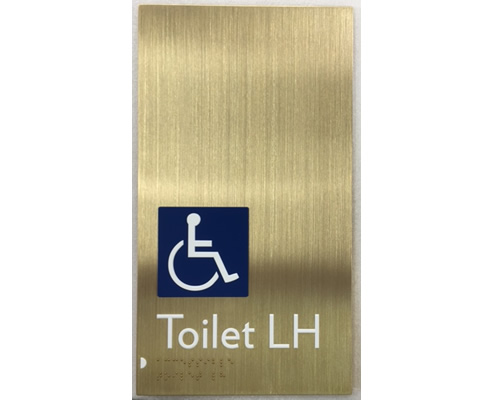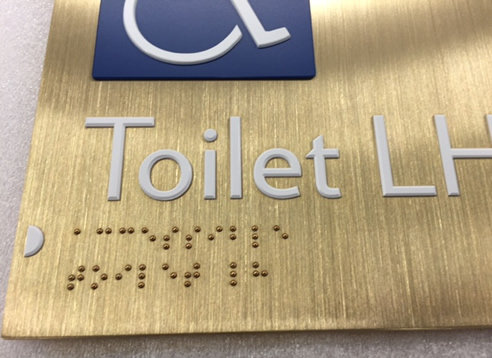One of the principal industrial users of brass was the woolen trade, on which prosperity depended prior to the industrial revolution. In Shakespearean times, one company had a monopoly on the making of brass wire in England. This caused significant quantities to be smuggled in from mainland Europe. Later the pin trade became very important, about 15-20% of zinc was usual with low lead and tin to permit significant cold working to size. Because of its ease of manufacture, machining and corrosion resistance, brass also became the standard alloy from which were made all accurate instruments such as clocks, watches and navigational aids. The invention by Harrison of the chronometer in 1761 depended on the use of brass for the manufacture of an accurate timekeeper that won him a prize. This took much of the guesswork out of marine navigation and saved many lives. There are many examples of clocks from the 17th and 18th centuries still in good working order.
With the coming of the industrial revolution, the production of brass became even more important. In 1738, William Champion was able to take out a patent for the production of zinc by distillation from calamine and charcoal. Cast brass was hammered to make wrought plate in a water-powered 'battery'. Rods cut from the plate were then pulled through dies by hand to make the vital stock needed for pins for the textile weaving industry. Although the first rolling mills were installed in the 17th century, it was not until the mid-19th century that powerful rolling mills were generally introduced (*Internet source).

Benefits of Brass
Brass is perhaps the most common metal used in the engraving world. Its gold tone increases the perceived value in the eyes of the customer and for many, there is nothing more prestigious than an elegant brass plate affixed to a plaque or trophy. One of the benefits of working with brass is that it can be exquisitely engraved in a variety of ways to produce different effects. It can be rotary engraved to some degree, as well as burnished or diamond drag engraved.
Brass is offered in both bright and satin finishes. You can also purchase enamel-coated coloured brasses rather than the normal lacquer-coated brass. Lacquer-coated brass describes brass that has a clear coating on it that allows the natural, gold colour to shine through. Enamel-coated brass, on the other hand, has been coated with an opaque coloured enamel, usually black or brown.
Today, you can also choose from a variety of patterned metals having multi colours or even veining resembling marble and other stone materials.

Hillmont Braille Signs have been providing Braille in brass and other materials for over 15 years.
High profile projects include the award-winning wayfinding system at the University of Sydney, many of the facilities for the Sydney 2000 Olympics as well as the Epping to Chatswood railway and Braille signs inside the new Oscar railway carriages. We offer a wide selection of Braille and tactile signs for Australian buildings, and can advise on the BCA requirements. Visit www.hillmontbraillesigns.com.au
Hillmont Signs uses Grade 1 U.E.B. (Unified English Braille) which is the current standard for Braille in Australia with all of our designs meeting or exceeding the requirements of D3.6 of the Building Code of Australia and AS1428.1 of the Australian Standards.
All of our acrylic signs are made from UV stable high impact acrylic suitable for internal and external use as well as the aluminium, stainless steel and brass signs.
You are most welcome to visit our Castle Hill showroom and factory, email us or phone to discuss your needs (see contact details). Samples can also be provided.
Call Hillmont Braille Signs today to discuss your requirements or email us your details. Phone: (02) 9634 6280.
For the full range of products and services available visit http://www.hillmontbraillesigns.com.au/products/braille.aspx?CatID=1








 Braille Exit Sign by Hillmont Braille
Braille Exit Sign by Hillmont Braille Braille in Parks, Transport and Business
Braille in Parks, Transport and Business Creating Inclusive Environments with
Creating Inclusive Environments with Custom Braille Sign Trends from Hillmont
Custom Braille Sign Trends from Hillmont Braille Trends of 2024 from Hillmont
Braille Trends of 2024 from Hillmont Elevating Accessibility with Custom
Elevating Accessibility with Custom Coloured Braille Signage by Hillmont
Coloured Braille Signage by Hillmont Custom Made Signs from Hillmont Braille
Custom Made Signs from Hillmont Braille Custom Braille Signs Manufacture and
Custom Braille Signs Manufacture and Female Toilet Braille Signage from
Female Toilet Braille Signage from UV Stable Braille First Aid Sign from
UV Stable Braille First Aid Sign from Wheelchair Toilet Accessibility Signage
Wheelchair Toilet Accessibility Signage Baby Change Signage by Hillmont Signs
Baby Change Signage by Hillmont Signs Ambulant Toilet Signs with Tactile Text
Ambulant Toilet Signs with Tactile Text UV Stable Braille Signages by Hillmont
UV Stable Braille Signages by Hillmont Shower Braille Signs for Disability
Shower Braille Signs for Disability Satin Acrylic Braille Bathroom
Satin Acrylic Braille Bathroom Braille Signs from Hillmont Signs Sydney
Braille Signs from Hillmont Signs Sydney Toilet Area Tactile Braille Signage by
Toilet Area Tactile Braille Signage by Parent Room Braille Engraved Signs by
Parent Room Braille Engraved Signs by
